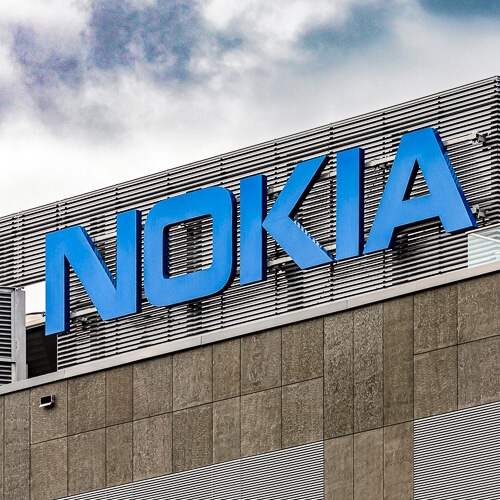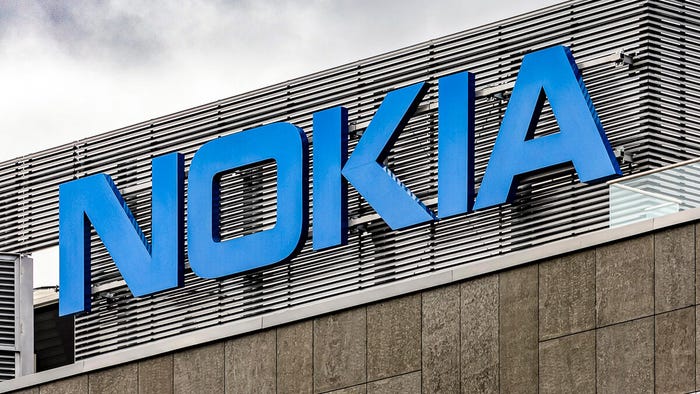
Nokia has wheeled out its service enablement platform and radio access network (RAN) intelligent controller (RIC), based on O-RAN Alliance specifications, at Utah's Hill Air Force Base (AFB).
Working in collaboration with the National Spectrum Consortium – and using the 5G testbed already installed at Hill AFB (with the help of Nokia) – the Finnish supplier's equipment is working on ways in which 5G can co-exist "seamlessly" in shared spectrum with what it calls "incumbent radar."
Specifically, Nokia is looking to control behavior of the 5G system in "real time" when radar is present. Its service enablement platform exposes radar interference detection and mitigation capabilities via an O-RAN compliant interface.
The official announcement, for good measure, also made mention of Nokia capabilities to "deliver radio network programmability and AI/ML" within the open RAN ecosystem.
Figure 1:  Nokia is looking to control behavior of the 5G system in "real time" when radar is present.
Nokia is looking to control behavior of the 5G system in "real time" when radar is present.
(Source: Paweł Czerwiński on Unsplash)
The O-RAN project at Hill AFB – Phase 1 of which has apparently already been successfully completed – is part of a wider research and engineering initiative by the Office of the Under Secretary of Defense (OUSD) to create its "first tranche of 5G wireless testbeds."
Prior to testing with open RAN tech, Nokia, through the use of dynamic sharing spectrum (DSS) technology, has been working at Hill AFB with the National Spectrum Consortium since last year, exploring ways for 5G and Air Force airborne radars to coexist.
Trials were reportedly carried out – and may well be continuing – in the 3.1GHz-3.45GHz spectrum range using DSS capabilities.
Bigger picture
In October 2020, the US Department of Defense announced it was awarding some $600 million to more than a dozen companies for "5G experimentation" at five military test sites. These awards are the result of several Defense Department requests for proposals that have been going on over the last several years.
"Projects will include piloting 5G-enabled augmented/virtual reality for mission planning and training, testing 5G-enabled Smart Warehouses, and evaluating 5G technologies to enhance distributed command and control," the DoD said at the time.
Want to know more? Sign up to get our dedicated newsletters direct to your inbox.
Aside from Hill AFB, the test sites named by the DoD were: Joint Base Lewis-McChord (JBLM), Washington; Marine Corps Logistics Base Albany, Georgia; Naval Base, San Diego, California; and Nellis Air Force Base, Las Vegas, Nevada.
In addition to Nokia, the companies and vendors involved included AT&T, Ericsson, GE Research and Federated Wireless.
Related posts:
— Ken Wieland, contributing editor, special to Light Reading
About the Author(s)
You May Also Like




_International_Software_Products.jpeg?width=300&auto=webp&quality=80&disable=upscale)







